There are so many rules and regulations out there that we get asked countless questions. We've put together a list of the most frequently asked questions we get about Tachographs and analysis.
If you can’t find the answer to your question, feel free to give us a call on 0113 877 0190, or email us at admin@tachomagic.com - We’ll be more than happy to help!
The following exemptions are shared across the EU. Exclusions specific to the UK are detailed below. In almost all cases where a vehicle is exempt from EC rules, it is still subject to UK Domestic Regulations.
The common EU exemptions are:
- Goods vehicles with a maximum permissible gross weight not exceeding 3.5 tonnes, including any trailer or semi-trailer.
- Goods vehicles with a maximum authorised speed not exceeding 30km/h.
- Goods vehicles used by armed forces, civil defence and emergency services.
- Goods vehicles used in connection with sewerage, flood protection, utility services, highway maintenance, refuse collection/disposal, telegraph and telephone services.
- Specialised vehicles used for medical and breakdown purposes.
- Vehicles transporting circus/fun-fair equipment.
- Vehicles used for non-commercial carriage of goods for personal use.
- Vehicles used for milk collection from farms and return of milk containers or milk products intended for animal feed.
The following are among the additional exemptions for those driving in the UK:
- Vehicles used by agricultural, horticultural, forestry or fishery undertakings carrying goods within 50km radius of the vehicle's usual base.
- Vehicles carrying animal waste or carcases not intended for human consumption.
- Vehicles used as shops at local markets or for door-to-door selling and specially fitted for such use.
- Vehicles with a maximum permissible weight of no more than 7.5 tonnes carrying material or equipment for the driver's use in the course of his work within a 50km radius of the vehicle's usual base, were driving the vehicle is not the Driver's main activity.
- Goods vehicles with a gross vehicle weight of not more than 7.5 tonnes powered by gas or electricity. Vehicles used for driving instruction not carrying a commercial load.
- Tractors used exclusively for agricultural and forestry work.
Before the expiry of your card, you will receive a reminder. If you wish to renew your card(s) you will need to complete the application form and send it to DVLA with the relevant documentation and fee no later than 15 working days before the expiry of your card.
However, if you do not receive a reminder, and you wish to renew your card, you will need to complete the D779B application form and send it to DVLA with the relevant documentation and fee no later than 15 working days before the expiry of your card.
The card will hold identification data of:
- card number.
- issuing state, body and date.
- valid from and expiry dates.
- company name and address.
It will then store the following other information:
- activities carried out - locking in or out / vehicle unit and/or card downloading.
- period downloaded (if any).
- vehicle registration and registering authority.
- card number and issuing body (if card downloaded.
Testimonials
Customer Satisfaction Guarantee
If you are not completely satisfied with the products you purchase from us, return them in their undamaged, original packaging within the first 60 days of receipt, and we will provide you with a full refund.
